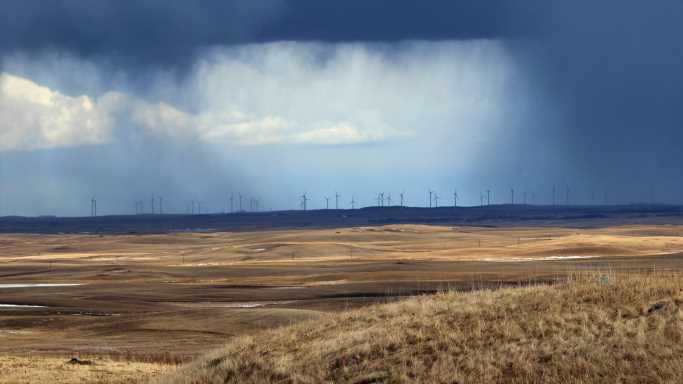The gold standard for the measurement of drought in America is the U.S. Drought Monitor. It measures drought levels down to the state level. It shows that vast parts of the western United States have been hit by the worst drought in years and, in some cases, more than a century. Scientists have a plan to combat this, and it is not entirely new.
The Drought Monitor shows that much of Nevada, Utah, New Mexico and Arizona have the worst possible drought grade. This is labeled “exceptional drought,” and it “corresponds to an area experiencing exceptional and widespread crop and pasture losses, fire risk, and water shortages that result in water emergencies.” Some of America’s largest cities have been affected. Among them are Phoenix and Salt Lake City. According to the City of Phoenix website, the current drought problem “surpassed the worst drought in more than 110 years of official record-keeping.” In New Mexico, crops and cattle production are at risk.
One solution to drought problems is known as cloud seeding. Colorado, Utah, Wyoming, Nevada, California, New Mexico and Arizona have combined funds to use the method to create rain over the hardest-hit areas. The basic method to do this dates back to the 1940s.
Cloud seeding involves the use of crushed silver iodide. According to Scientific American:
The crystalline silver iodide particles have a structure similar to ice—and inside a cloud, like attracts like. Water droplets begin to cluster around the particles, freezing solid as they gather together.
The weight of the clusters makes them fall, creating snow or rain.
Among the challenges of cloud seeding is that solving the western drought likely would require hundreds of planes to fly across the skies of some of America’s largest states as measured by square miles. So, even if the process works, it may not be something that can be scaled.
Click here to see where the hottest place on Earth was recently.
Get Our Free Investment Newsletter
Source: Read Full Article
